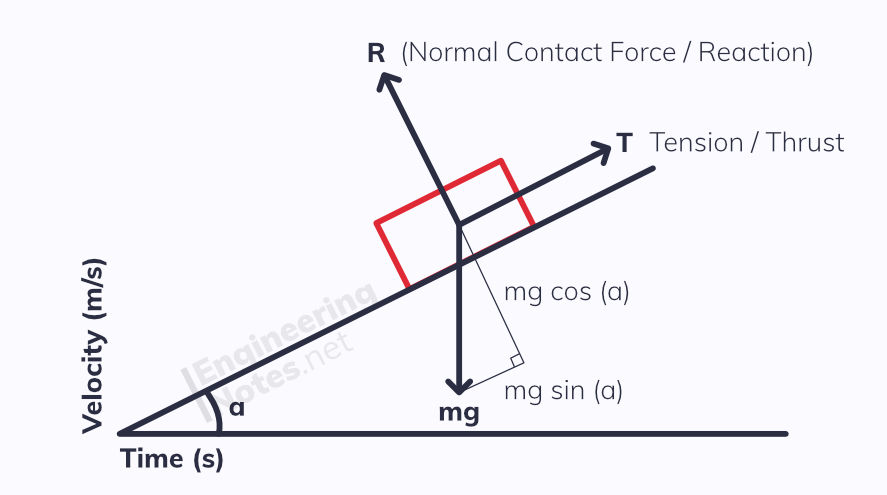Modelling in Mechanics
- A-Level Maths

- Sep 9, 2020
- 2 min read
Updated: Dec 7, 2020
The real world of mechanics is incredibly complicated, with hundreds of different factors affecting motion and stability. This would be near impossible to calculate at this stage, so to simplify it we model objects and scenarios in a number of different ways.
Modelling Assumptions
Particle
Has negligible dimensions
Mass acts about a single point
Rotational forces and air resistance can be ignored
Rod
The diameter is negligible (so no thickness), only length counts
Mass acts along a line
It is rigid, so does not bend or buckle
Lamina
An object with only area, thickness is negligible (like a sheet of paper)
Mass acts across the flat surface
Uniform Body
The Mass is distributed evenly throughout the object
The mass is modelled to act through one point, the centre of mass, in the geometrical middle of the body
Light Object
The mass of the object is negligible
Often used for strings or pulleys
Allows us to model the tension on each end of a string as equal
Inextensible String
A string that does not stretch when a force is applied
Allows us to model the acceleration of two connected particles as the same
Smooth Surface
There is no friction between the surface and any object on it
Rough Surface
There is friction between the surface and any object on it
Wire
A rigid length of metal with negligible thickness (only modelled with length)
Smooth and Light Pulley
The pulley has no mass
No friction in the pulley, so tension is the same either side of it
Bead
A particle with a hole in it for string/wire to be threaded through
It can move freely along the wire or string
Peg
An object from which a body can be hung or rested
Modelled as dimensionless and fixed
Can be either rough or smooth
Air Resistance
Resistance forces due to motion through air
Almost always modelled as negligible
Gravity
The force of attraction between all objects
Acceleration due to gravity is given by g, which is 9.8 m/s² unless otherwise stated
Assume objects are always attracted to the ground (earth)
Gravity acts uniformly and downwards
Quantities & Units
Quantities can be either scalar or vector.
Scalar quantities have only magnitude
Vector quantities have both magnitude and direction
SI Base Units
Quantity Unit Symbol
Mass kilogram kg
Distance metre m
Time seconds s
Distance is scalar - the vector version of it is displacement
Derived Units
Quantity Unit Symbol
Velocity metres per second m/s
Acceleration metres per second² m/s²
Force Newtons N
Velocity is the vector form of speed, as velocity has direction as well as magnitude
Weight is not the same as mass. Weight is a force, measured in Newtons, N. It is given by:
W = mg Weight = mass x gravity
Representing Forces
Weight acts down from an object's centre of gravity. Other forces can act in any direction, and so to avoid confusion it is best to draw a force diagram:

The length of arrow should represent the magnitude of the force. Single headed arrows represent forces.
If a system is in equilibrium - meaning there is no net resultant force and it is motionless or at constant velocity - then all the force arrows will make a closed shape. The example above would give a triangle.



Comments